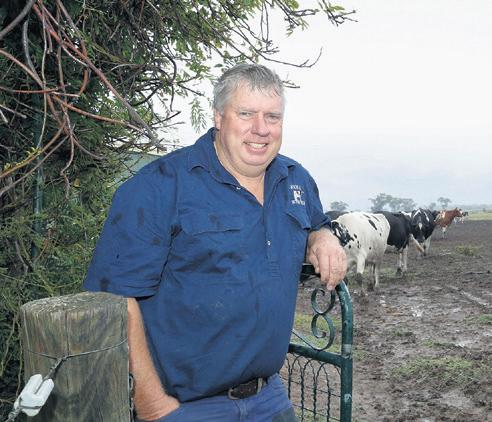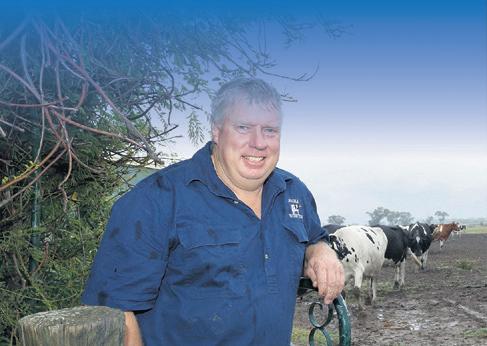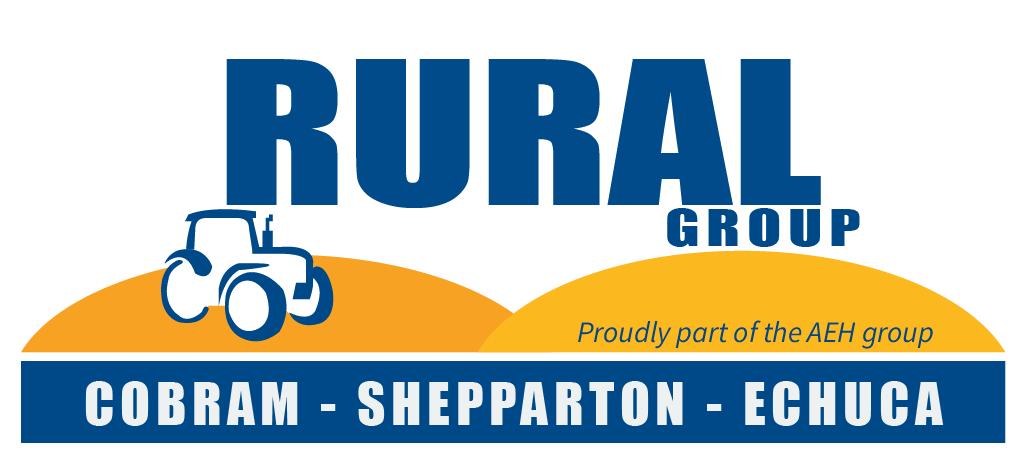
1 minute read
COPING WITH WET PADDOCKS
Grazing of waterlogged paddocks can result in serious ‘pugging’ damage to pastures and soils.
This damage can reduce pasture utilisation by up to 50 per cent, and reduce pasture yields by 20 to 80 per cent over the following four to eight months.
Further, these conditions can increase the likelihood of animal health problems such as lameness, mastitis and magnesium deficiencies.
Here are some low-cost practical management strategies that will reduce the impact of pugging.
‘On-o ’ grazing
This is the most practical and effective grazing strategy for most farms during prolonged wet conditions.
Cows are grazed on an area of pasture for a limited time, usually two to four hours, and then moved to a stand-off area such as a ‘sacrifice paddock’ or other hard standing area for the rest of the day.
To be successful, enough tall and dense pasture (2500 to 3000kg DM/ha) needs to be allocated to the herd to enable high and rapid pasture intakes.
Cows will usually consume 70 per cent operations regarding managing wet soils and our newly revamped Cups On Cups Off course, renamed Milking Mastitis Management –CoCo 2.0.
Murray Dairy have formulated their annual operating plan for the year which provides an outline of key investments in research, development and extension offerings for dairy businesses in the region.

This includes national Dairy Australia programs such as Our Farm Our Plan, Workforce Attraction, Employment Basics, Nutrition Fundamentals, Advanced Nutrition of their daytime pasture intake in the first two hours of grazing and 77 to 88 per cent after four hours.
Pugging damage is usually comparatively minor after four hours, with the bulk of the damage occurring four to 10 hours after the start of grazing.
Other grazing techniques
There are a range of other grazing strategies which used in combination can reduce the risk of pugging damage.
These include:

Scheduling the day and night feeds separately by allocating about two and Milking Mastitis Management – CoCo 2.0, just to name a few, as well as an exciting three-year cropping research investment in partnership with Gardiner Foundation and Queensland Department of Agriculture and Fisheries.
If you would like to know more about what is on offer from Dairy Australia and Murray Dairy please contact the Murray Dairy team on 4811 6008, email admin@murraydairy.com. au or visit: www.murraydairy.com.au

Andrew Tyler Murray Dairy chair
thirds of the 24 hour allocation of pasture for the day and a third for the night. Cows rest more and walk less at night.
Grazing the paddocks from the back first using a temporary sacrifice laneway constructed using electric fencing to stop cows walking over the front of the paddock.
Back fencing o previously grazed areas wherever possible. The more times a wet soil is walked over the greater the damage to pasture and soil structure.
Continued on page 3







